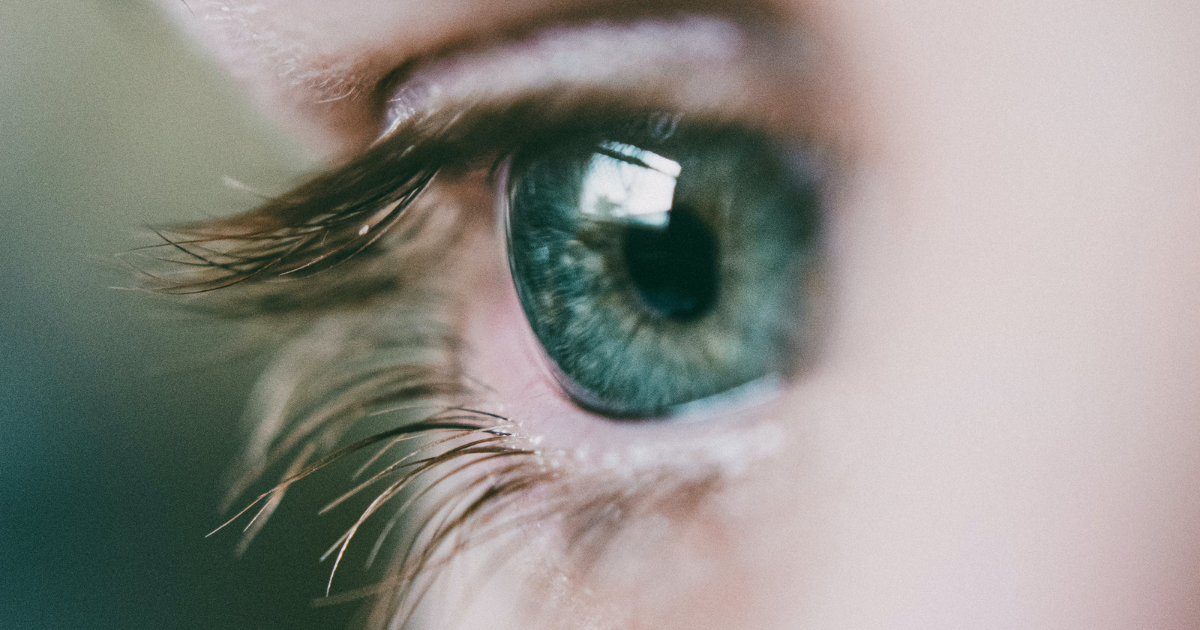From Myth to Medicine: The Timeless Saga of Eye Floaters

Read time: 2 minutes
Wandering Shadows: Unraveling the Mysteries of Eye Floaters Through Time
Eye floaters, those elusive specks and shadows that drift across our vision, have intrigued humanity for centuries. These mysterious phenomena have fascinated and puzzled scientists, artists, and individuals alike. In this article, we'll take a look at the historical and contemporary exploration of eye floaters, unraveling their enigma and understanding the evolution of our knowledge about them. We will also delve into modern treatments that offer relief to those bothered by these wandering intruders.
Ancient Observations: Floaters in Myth and Medicine
Ancient cultures recognized the presence of floaters in vision. In Greek mythology, floaters were believed to be nymphs or spirits, giving rise to the term "muscae volitantes" meaning "flying flies" in Latin. Early medical texts from civilizations like ancient India described these phenomena as "black flies" in the field of vision. The awareness of floaters persisted through history, becoming a subject of fascination for scholars and artists.
Renaissance Perspectives: Artistic Depictions and Scientific Inquiry
During the Renaissance, artists like Leonardo da Vinci meticulously observed the natural world, including the peculiarities of human vision. Da Vinci's sketches showcased floaters, capturing their elusive nature in art. Simultaneously, scientists like Johannes Kepler proposed theories about the origin of floaters, paving the way for future scientific inquiry into these visual disturbances.
Modern Insights: Decoding the Anatomy and Causes
In contemporary times, advancements in ophthalmology have unraveled the anatomical origins of floaters. Floaters are tiny clumps of gel or cells inside the vitreous, the gel-like substance that fills the eye. As we age, the vitreous shrinks and can cast shadows on the retina, causing floaters. Other causes include eye injuries, inflammation, or retinal tears. Understanding the causes has led to improved diagnosis and management strategies.
Treatment Options: Navigating the Shadows
While floaters are generally harmless, they can significantly impact the quality of life for some people. Modern treatments including laser therapy, known as laser vitreolysis, utilize advanced technology to disintegrate large floaters, making them less noticeable.
For severe cases, vitrectomy, a surgical procedure replacing the vitreous gel with saline, offers a more invasive yet effective solution. These treatments, though not without risks, represent the latest frontier in managing eye floaters, providing hope for those seeking relief from their visual intruders.
From Ancient Myths to Modern Treatments
The history of eye floaters is intertwined with human curiosity, artistic expression, and scientific inquiry. From ancient myths to modern treatments, the understanding and management of floaters have come a long way. As we continue to unravel the mysteries of our eyes, floaters stand as a reminder of the complexity and beauty of the human visual experience.
Share this blog post on social or with a friend:
The information provided in this article is intended for general knowledge and educational purposes only and should not be construed as medical advice. It is strongly recommended to consult with an eye care professional for personalized recommendations and guidance regarding your individual needs and eye health concerns.
All of Urban Optiks Optometry's blog posts and articles contain information carefully curated from openly sourced materials available in the public domain. We strive to ensure the accuracy and relevance of the information provided. For a comprehensive understanding of our practices and to read our full disclosure statement, please click here.


















